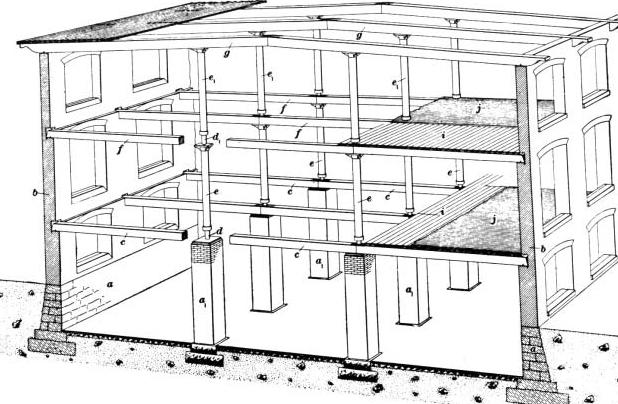
1 minute read
FACTORY : A NEW TYPOLOGY
from The Ford Factory
by neelnaregal
Prior to the Industrial Revolution, most of the workforce was employed in agriculture, either a self-employed farmers as land owners or tenants, or as landless agricultural laborers.
The factory system was a new way of organizing labor made necessary by the development of machines, which were too large to house in a worker’s cottage and much too expensive to be owned by the worker.
Advertisement
As these industries were small scale and practised within the family or the village. Prior to this there was no typology which was for industries and factories which would aid to the production of goods in the new era of the Industrial Revolution.
The workspaces created by these structures were often dark, gritty, cramped, and dangerous because the oil-soaked wood floors posed a fire hazard. The lack of natural light over a wide footprint meant that production had to be conducted on multiple floors.
This made the assembly lines inefficient because the multiple floors would cause interruptions in the assembly process.
This new form of industrial architecture was characterized by the exact opposite of the traditional mill construction; long beam spans, the ability to place heavy machinery on the top floor, modern day lit factories, and the speed of construction.
These changes served to accomplish two main functions for the factory owners:
1. The production processes of the time (i.e. the assembly line) could easily be laid out on the factory floor with plenty of space to reconfigure if necessary.
2. Then along with the increased production from the assembly line, an increase in the productivity of the workers was achieved through “good lighting and ventilation”.
Specifically Albert Kahn transitioned the factory designs from traditional mill construction which was characterized by short beam spans, very dark interiors, and generally heavy timber construction which required at least some skilled labor to industrial architecture and the modern factory as we know it today.
These soon became the norms in the field of industrial factory design as the technological advancements of the industrial revolution brought machinery which needed larger spaces to be accomodated.





